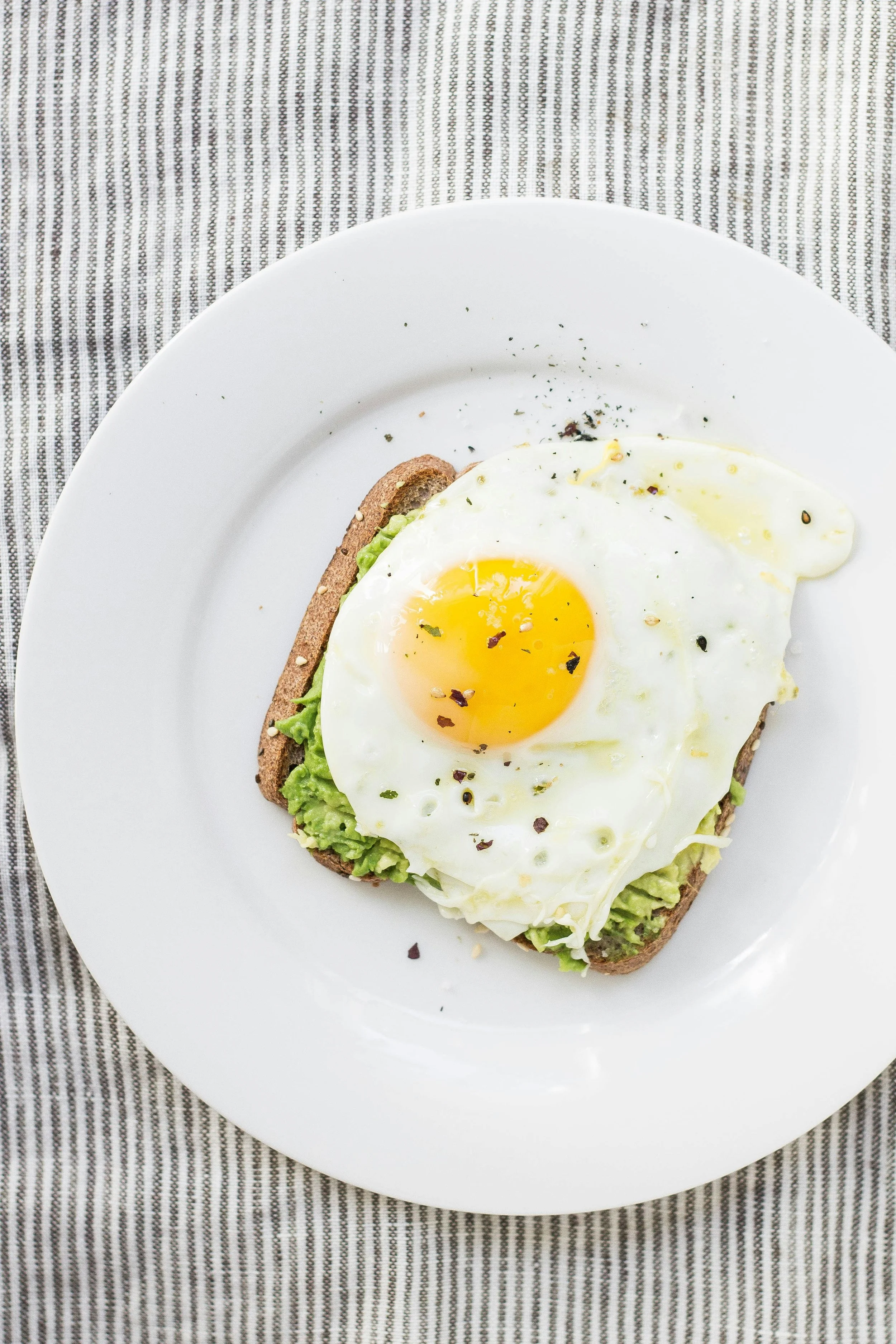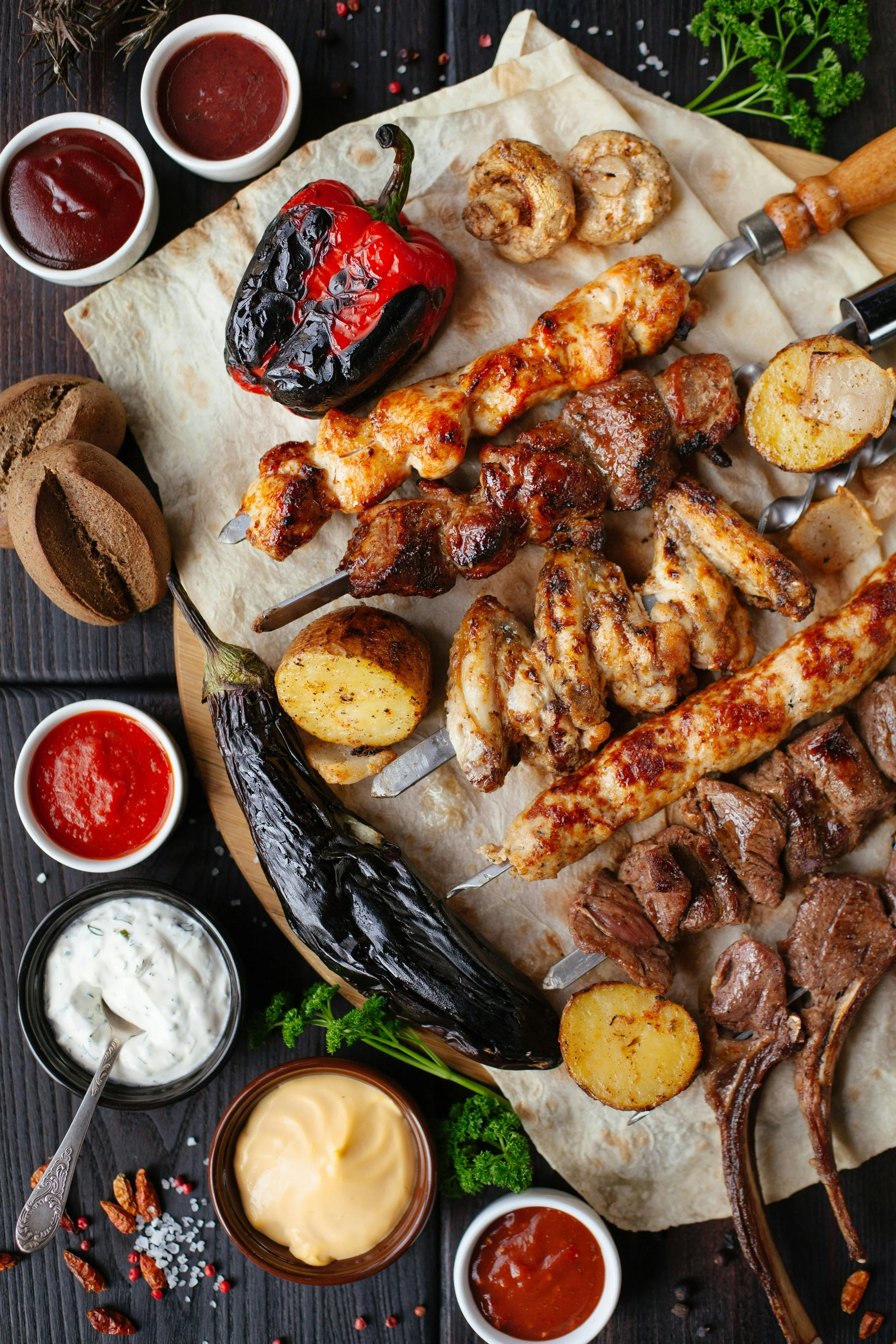What is GLP-1 and Why Should You Care About It?
A buzzword that’s been making the rounds in the health and wellness world lately is GLP-1. But what exactly is it, and why are so many people talking about it—especially in relation to "the shot"?
Let’s break it down.
Earlier this year, I completed a certification as a Weight-Loss Management Specialist, and a large portion of my education was focused on understanding this very peptide. GLP-1 is fascinating—not just for what it does through medication, but for what your body is already capable of doing on its own.
Now, let me clarify: This isn’t a post about Semaglutide, Tirzepatide, or Liraglutide (though I’ve studied them in-depth and have a lot to say about their pros and cons). Instead, I want to help you understand what GLP-1 is, how it affects your body, and most importantly—how you can naturally boost your own GLP-1 levels through nutrition and lifestyle.
So, What Is GLP-1?
GLP-1 stands for glucagon-like peptide-1. It’s a hormone produced in your intestines in response to eating—particularly after you consume protein. Once released, it signals the brain that you’re full, slows down how quickly food moves through your stomach, and plays a key role in blood sugar regulation.
This is a big deal for weight loss and energy balance because GLP-1:
Regulates appetite by increasing satiety
Slows gastric emptying so you stay full longer
Enhances insulin secretion
Reduces glucagon (a hormone that increases blood sugar)
It’s basically your body's natural appetite and blood sugar manager.
How Does Protein Tie Into GLP-1?
Here’s the magic: when you eat protein, it gets broken down into amino acids during digestion. This process triggers your intestines to release more GLP-1, which then kicks off all the benefits listed above.
High-protein meals stimulate significantly more GLP-1 than meals high in fat or carbs. That means protein isn’t just for muscle building—it’s a major player in hunger regulation and weight control.
I like to think of it this way: if you’re pairing high-protein meals with resistance training and colorful whole foods (plants!), you’re already building a simple and sustainable wellness plan.
Need help with protein? I’ve written a full post about how to get more of it into your day—so be sure to check it out.
How Much Protein Should You Eat?
To see real benefits in both weight management and energy, aim for a minimum of 20–40g of protein per meal, depending on your age and goals.
If you’re in your early 20s, you can usually stay on the lower end.
If you’re in your 40s or older, or trying to build muscle, lean closer to 40g.
A good general rule: eat 1 gram of protein for every pound of your ideal body weight. For example, if your goal weight is 140 pounds, aim for about 140g of protein a day—spaced throughout your meals. If that feels like too much protein then just don’t eat less than 75-80g a day! That should be sufficient. But remember, protein synthesis happens every few hours in your body so be sure to try to distribute it throughout the day. I aim for 30g 3-4x a day.
GLP-1 Agonists: The Medications You’ve Heard About
When you hear names like Ozempic, Wegovy, or Rybelsus, you’re hearing about medications called GLP-1 receptor agonists. These drugs mimic your natural GLP-1 hormone, helping you feel full, control blood sugar, and—in many cases—lose weight.
These medications can be incredibly helpful in certain scenarios but may also come with side effects and long-term considerations. I’ve seen dozens of clients experiment with them. Some have had amazing results. Others have faced unexpected weight gain after stopping.
This is where we need to dig deeper and ask: are we using these tools with a lifestyle change, or instead of one?
FAQ: Common Questions About GLP-1 and Protein
Q: What if I need to lose 100+ pounds? How much protein should I eat?
A: Start by aiming for 80g per day as a baseline, and work your way up to 120–140g daily. You’ll see better energy, muscle retention, and reduced cravings. And no, you don’t need to get it all from shakes—real food matters.
Q: What are your thoughts on microdosing GLP-1?
A: True microdosing is around 1 unit, while most people begin around 10–12 units. While smaller doses can be helpful for reducing inflammation, they’re less effective for weight loss. This is often referred to as Peptide Therapy—a promising approach even for those not looking to lose weight.
I personally tried microdosing for three months to manage inflammation from pelvic congestion. While I didn’t lose weight, I did see inflammation improvement. However, once I stopped, I gained five pounds quickly, and it took six weeks to reset my body’s natural balance. It’s not a quick fix—it’s a long-term commitment.
Q: How overweight does someone need to be to justify GLP-1 medication?
A: It depends on the individual's metabolic health. If someone has 15–20+ pounds of fat to lose and struggles with intense food cravings or “food noise,” GLP-1 agonists may help. But without lifestyle changes like muscle-building and dietary shifts, the weight often returns—along with lost muscle mass.
Q: How do I keep the weight off after stopping GLP-1 meds?
A: Build muscle while you’re on the medication. Lift weights at least 2–3 times a week for 20–30 minutes. Muscle increases metabolic rate and improves your body’s natural fat-burning capabilities.
Q: Is there a rebound effect when stopping GLP-1 agonists? Is it safe?
A: Many people regain the weight quickly, especially without sustainable lifestyle changes. However, for those with severe health issues—like high blood pressure or cholesterol—GLP-1 medication may still offer more benefits than risks. It's all about balance.
Q: Can I just use protein powder to meet my needs?
A: Protein powder has its place, but real, whole-food protein sources provide broader nutritional benefits. Eating a variety of foods throughout the day—especially meats, legumes, and colorful produce—will do far more for your energy, immunity, and hormone balance.
Q: I take Berberine for PCOS and blood sugar support. Should I stay on it forever?
A: Berberine can be highly effective, but it’s best used in cycles. A general recommendation is 8 weeks on, followed by a 2–4 week break. This reduces the risk of side effects and potential medication interactions. Research on long-term cycling is still growing, but pulsing use seems most beneficial for now.
Final Thoughts: Your Body Already Has Tools—Use Them
Here’s what I’ve come to believe after years of study and coaching: Every diet works—and every diet fails. We don’t want a diet. We want a lifestyle that supports our bodies, brains, and goals for the long haul.
Whether you choose to explore GLP-1 agonists, increase your protein intake, or start strength training, the foundation of wellness is understanding what your body needs and how to support it naturally.
GLP-1 isn’t just a trend. It’s a powerful hormone your body already makes—and when you nourish it properly, amazing things can happen!
Recommended Reading
Berberine, a Herbal Metabolite in the Metabolic Syndrome: The Risk Factors, Course and Consequences of the Disease'.
Learn ALL about Protein here: Protein Made Simple: A Guide to Building Health, Strength & Energy




